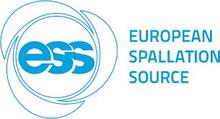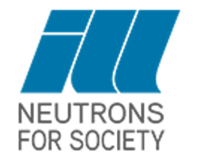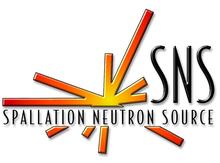Introduction to neutron science
Neutron science enables non-destructive examination of samples, offering deeper penetration compared to x-rays. This technique is essential for studying both static and dynamic properties of materials, providing critical insights into their atomic makeup. Neutron research, however, encounters specific challenges:
Statistical emission: Neutron sources emit neutrons with varying speeds, wavelengths, and angles.
Mechanical filtering: Since neutrons do not react to electric and magnetic fields, they must be filtered mechanically through absorption.
To overcome these challenges, neutron beams are filtered using choppers and selectors such as those developed by Airbus. These devices employ rotating discs or helixes to absorb neutrons that are too slow, too fast, or of higher orders (resulting in a narrow peak of specific neutron velocity distribution, crucial for solving the Bragg equation). Scattered neutrons detected in experiments provide detailed information about the atomic structure of samples.
Scientific applications of neutron science
Neutron science is mostly used for non-destructive testing of material, processes and reactions. The examination is carried out on the level of high-scale objects (imaging) and low-scale objects (atomic level).
Main scientific fields include:
- Chemistry of materials: Investigating new materials for solar cells, batteries, and high-strength materials.
- Magnetic and electronic phenomena: Understanding fundamental properties and behaviours.
- Engineering materials, geoscience, and archaeology: Studying material properties and historical artifacts.
- Life science & soft condensed matter: Developing new pharmaceuticals, such as COVID-19 vaccines and cancer therapies.
- Particle physics: Exploring fundamental particles and forces.
One example of neutron science in action is the analysis of moon rocks, offering insights into their composition and history, as illustrated in the animation below.

On the left, neutron imaging data from moon rocks collected during the NASA Apollo missions highlight variations in color based on how different parts of the sample, including different minerals, absorb neutrons. On the right, more details of the sample interior can be seen, including regions highlighted in magenta, which can help researchers determine where to make physical slices to extract only the elements of interest and which preserves the rare moon rocks for further studies.
Image credit: Yuxuan Zhang/ORNL, U.S. Dept. of Energy – March 2023
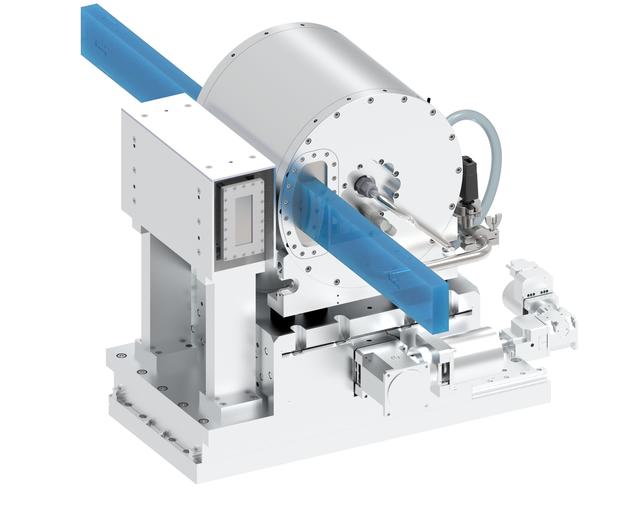

Neutron Velocity Selectors (NVS)
Our offer
The Airbus Neutron Velocity Selectors filter neutrons using a rotating helix. Key features include:
- Customisable design: Adaptable for various scientific purposes through variations in rotor diameter, number of blades, and screw angle.
- Additional building blocks: Includes linear stages and tilting tables.
- Proven track record: First selector delivered in 1989, with over 80 selectors delivered worldwide.
- Maintenance services: Regular maintenance at Airbus facilities ensures optimal performance.
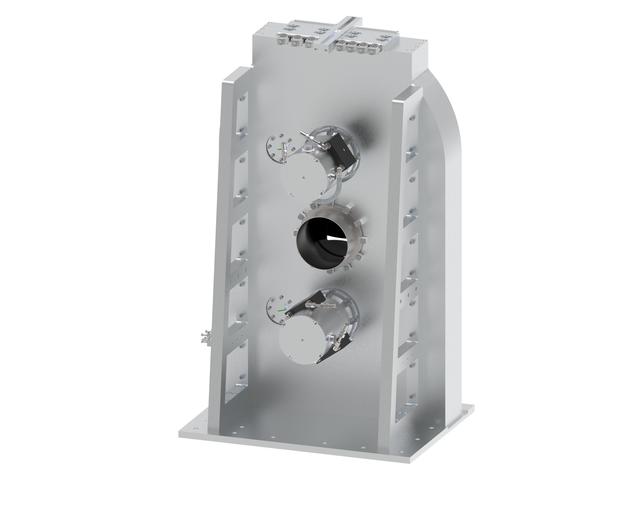

Neutron Chopper Systems (NCS)
Our offer
The Airbus Neutron Chopper Systems filter neutrons using rotating discs with cutouts. Key features include:
- Customisable design: Adaptable for various scientific purposes through variations in disc diameter, cutouts, rotation speed, number of chopper axes, and rotational axis orientation (e.g. Fermi chopper).
- Proven track record: First chopper delivered in 1994, with over 45 chopper systems delivered worldwide.
- Maintenance services: Regular maintenance at Airbus facilities ensures optimal performance.
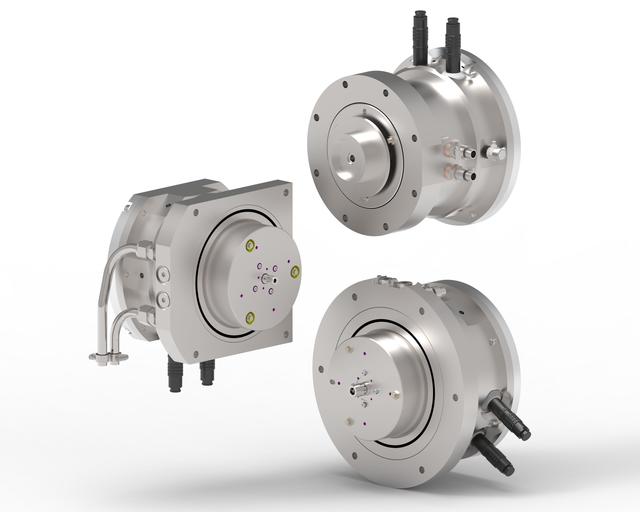
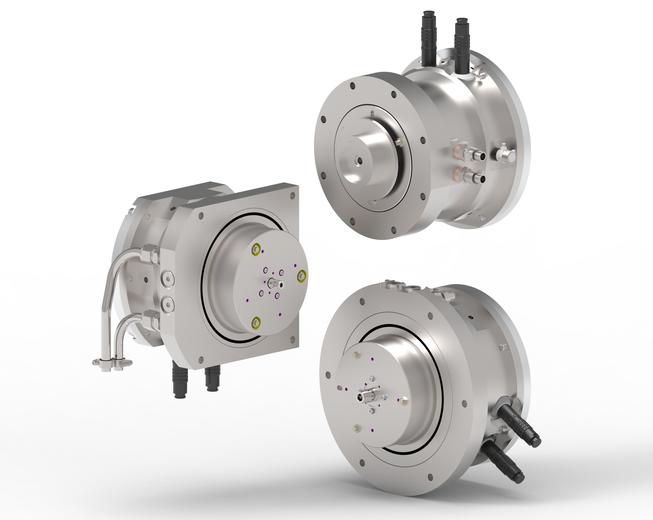
Sub-systems and engineering services
Our offer
Airbus also offers sub-systems and spare parts for chopper and selector systems, including:
- Sensor and monitoring system updates
- CFRP chopper discs
- Chopper drive units (standardised drives like "Unispin" for chopper systems)
- Customer support services and customer studies (engineering of new selector and chopper concepts, FEM analysis of payloads and rotor dynamics, metrology measurements using laser trackers)

